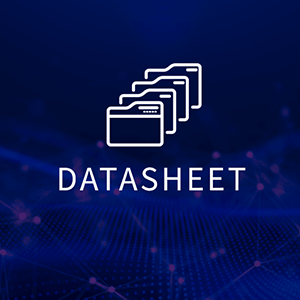Artificial intelligence (AI) is transforming industries at an unprecedented pace. However, as businesses scale AI initiatives, managing costs becomes increasingly complex. Between compute power, data storage, and cloud services, AI-driven organizations face significant—and often opaque—expenses.
To sustain AI innovation while keeping budgets under control, companies need a FinOps strategy tailored to AI. This approach ensures transparency in spending, optimizes resource allocation, and aligns AI investments with business objectives. Here’s how organizations can strike this balance.
Gain visibility into AI spending
One of the biggest challenges in AI cost management is understanding where the money is going. AI workloads are often spread across multiple platforms, including OpenAI services, GPU farms, and cloud-based tools like Snowflake and Databricks. These costs are not always clearly categorized, making it difficult to assess their financial impact.
To enhance visibility, organizations should:
- Implement detailed cost tracking and attribution to distinguish AI-related expenses from broader cloud spending.
- Use FinOps tools to monitor compute usage and optimize resource consumption.
- Regularly review AI workloads to identify redundant or underutilized assets.
By uncovering hidden costs and improving transparency, companies can make informed decisions about AI investments.
Optimize AI infrastructure & compute costs
AI workloads require substantial computing power, but inefficient resource use can quickly inflate costs. Organizations can optimize AI infrastructure by:
- Right-size compute resources: Automatically scaling nodes based on demand prevents over-provisioning.
- Evaluate infrastructure options: Businesses with predictable AI workloads might benefit from on-premises infrastructure, while those with fluctuating demands can leverage cloud-based elasticity.
- Improve data engineering practices: Reducing redundant data pipelines, optimizing queries, and cleaning datasets minimize processing power waste and lower storage costs.
Companies should also assess whether to continue using pre-packaged cloud AI solutions or transition to a more modular, cost-effective architecture.
Balance innovation and cost control
We know this isn’t easy and organizations are starting to feel the friction of hastily implementing AI. This push for rapid AI adoption is leading to unchecked spending. It’s time to take a step back. Leadership must establish clear financial and operational benchmarks:
- Define AI success metrics, such as revenue impact, efficiency gains, or customer satisfaction improvements.
- Form a cross-functional AI FinOps team that includes finance, cloud management, and AI/ML experts to oversee spending and strategic alignment.
- Set checkpoints for AI projects to ensure they deliver measurable business value and are not just exploratory efforts.
Without financial discipline, companies risk chasing AI trends without a clear return on investment.
Measure success beyond cost reduction
AI investments should be evaluated not only in terms of cost but also in terms of strategic impact. The overall landscape around AI really hasn’t defined what the benchmarks for success are just yet. But, that doesn’t mean you can’t define your own metrics that matter within your organization. Explore and prioritize the areas that can be measured for efficiency gains, and then look for some creativity in establishing metrics around the areas that are a bit more ambiguous.
Key success indicators might include:
- Increased customer retention and engagement.
- Enhanced brand reputation through AI-driven innovations.
- Operational improvements that streamline workflows and reduce manual effort.
By aligning AI initiatives with business objectives, organizations ensure that AI serves as a long-term growth driver rather than a cost center.
The future of FinOps for AI
As AI adoption accelerates, organizations that embrace FinOps principles will be better positioned to harness its full potential. A structured approach to AI cost management allows companies to foster innovation while maintaining financial discipline.
Balancing AI-driven growth with cost control isn’t just an operational necessity—it’s a competitive advantage. By integrating FinOps strategies into AI initiatives, businesses can maximize both technological advancements and financial sustainability.







